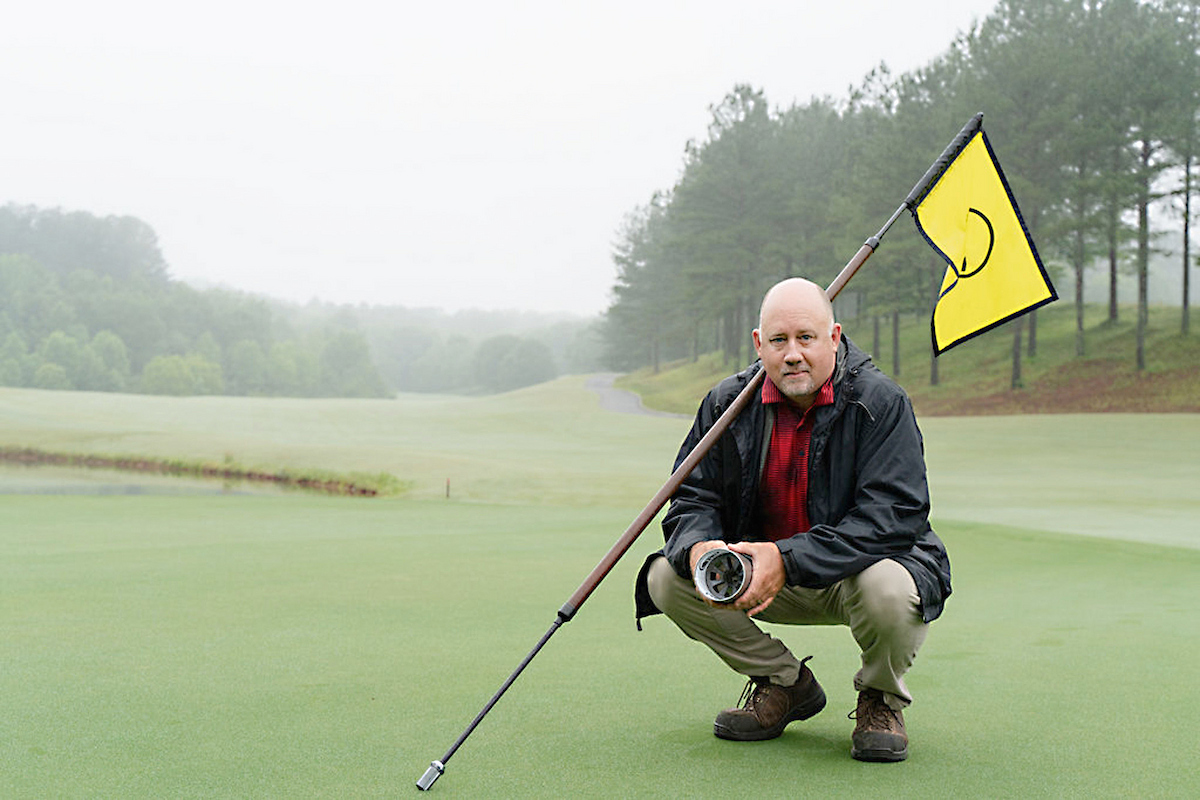By Gerard Krewer
University of Georgia
New peach and nectarine varieties from Attapulgus, Ga., are
adapted to the mild winters and humid summers of south Georgia
and north Florida. They may make life easier in home orchards.

|
The new Attapulgus fruits are Sunsplash nectarine and White
Robin, Gulfking, Gulfcrest and Gulfprince peaches. Apricot
varieties are being developed, too. Plant breeders hope to have a
commercial variety in about 10 years.
The breeders’ emphasis is on the early season, so fruit farmers
can harvest for a better market window. But the peach and
nectarine varieties are excellent for both home and commercial
orchards.
They’re a good fit in the home garden because early-ripening
varieties require much less spraying for bugs and blight than
mid- and late-season varieties.
Fewer sprays
For early-season peaches, sprays of an insecticide-fungicide
combination when the flower petals drop off and about 10 days
later will often be all you need in your home orchard. It may not
give you picture-perfect fruit, but most home gardeners can live
with that.
You may need another fungicide spray for brown rot close to
harvest, a peach tree borer spray in September and two oil sprays
for scale during the winter.
See your University of Georgia Extension office for a more
detailed spray guide, prepared by the UGA fruit insect and
disease specialists.
The new fruit varieties come from a cooperative peach and
nectarine breeding program between the U.S. Department of
Agriculture, University of Florida and UGA.
Breeders’ results
Breeders from those institutions have been developing new peaches
and nectarines since 1991. While their work benefits home
gardeners, the project’s aim is to benefit the agricultural
economy of south Georgia and north Florida. The results so far:
Sunsplash nectarine blooms in late
February and ripens in
mid-May. It produces a sweet fruit of medium size.
White Robin peach blooms in late
February and ripens in mid-May.
It bears a sweet, white-flesh peach with melting flesh. It’s
recommended for home gardens, local sales and distant shipping
with careful handling.
Gulfking peach blooms in mid to
late February and ripens in early
May. It has yellow, nonmelting (firm flesh) fruit with red skin
and good flavor and size for a very early-season peach. It’s
recommended for both home garden and commercial orchards.
Gulfcrest peach is similar to
Gulfking, but blooms and ripens
about a week later. It has more red in the flesh and is slightly
smaller.
Gulfprince blooms in mid to late
February and ripens in late May
and early June. It has high yields of medium-large, yellow,
nonmelting-flesh fruit with a red-blushed skin color. It’s
recommended only for home garden and local sales, not for distant
shipping.
The nonmelting-flesh peaches we’ve tested are excellent for home
canning and freezing, since the flesh is much firmer than
melting-flesh types. We think the finished product looks much
better, too.
Most people like the nonmelting-flesh texture as fresh fruit, but
some prefer the melting type. Besides the fruit, the beautiful
pink flowers of these peaches are a real treat.
To get these varieties, see your local nursery, or call the
Florida Seed Foundation at (850) 594-4721 for a list of nurseries.
(Gerard Krewer is an Extension Service horticulturist with the
University of Georgia College of Agricultural and Environmental
Sciences.)



